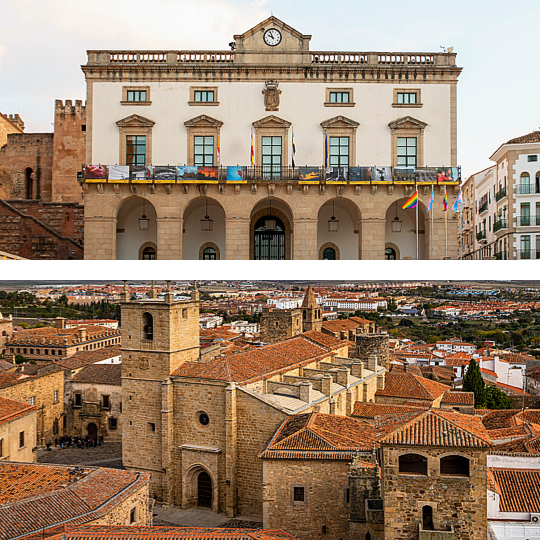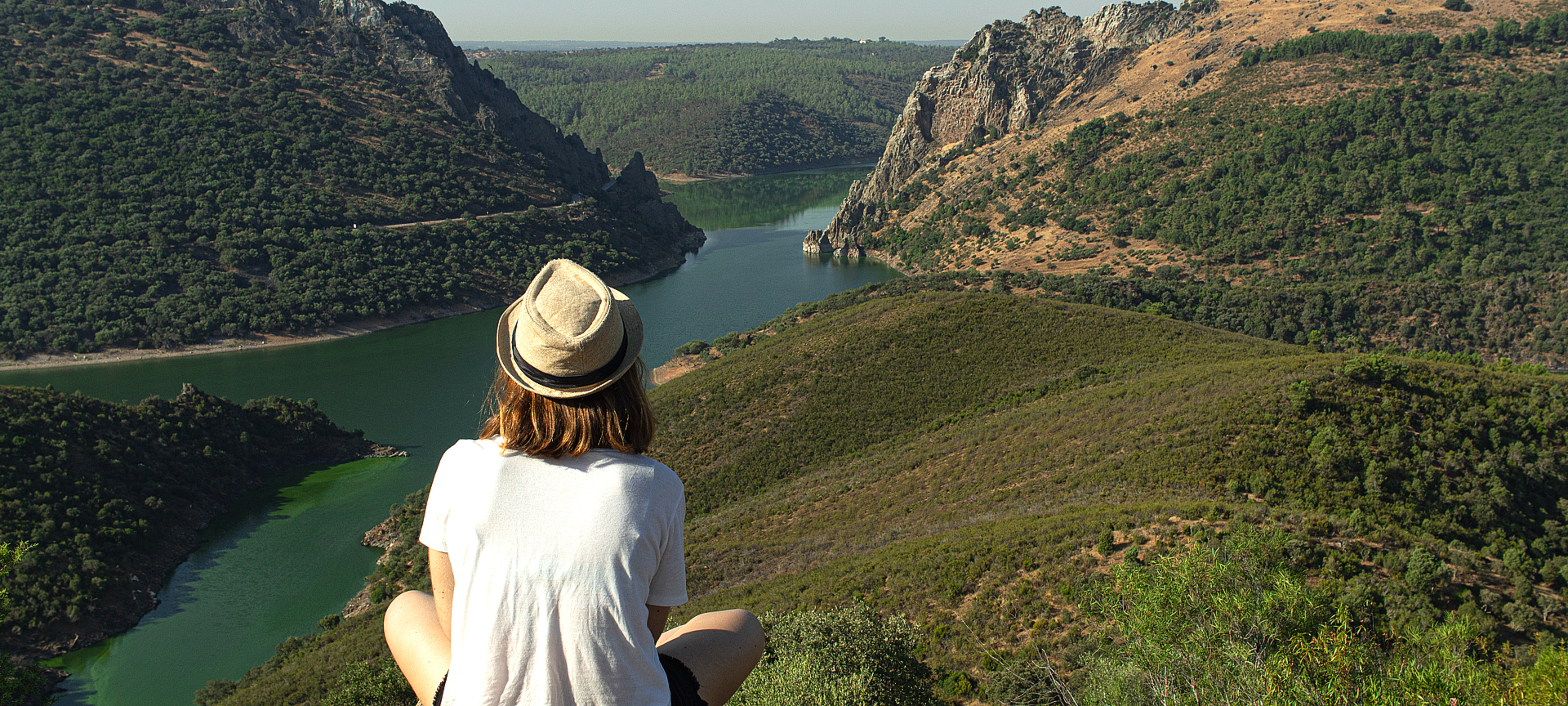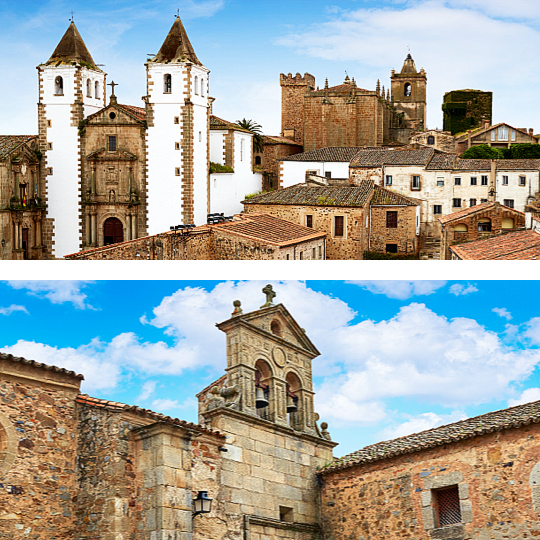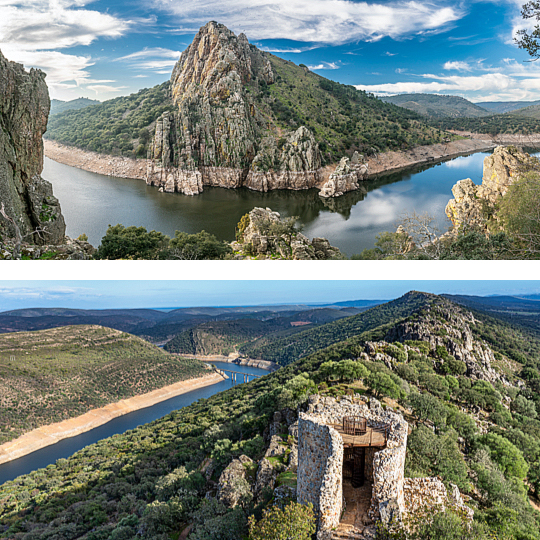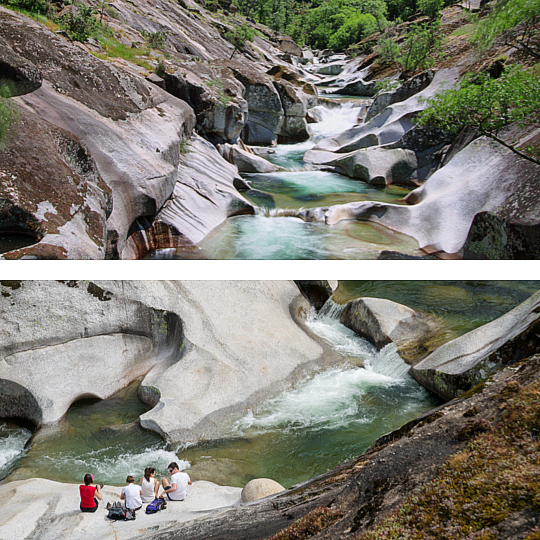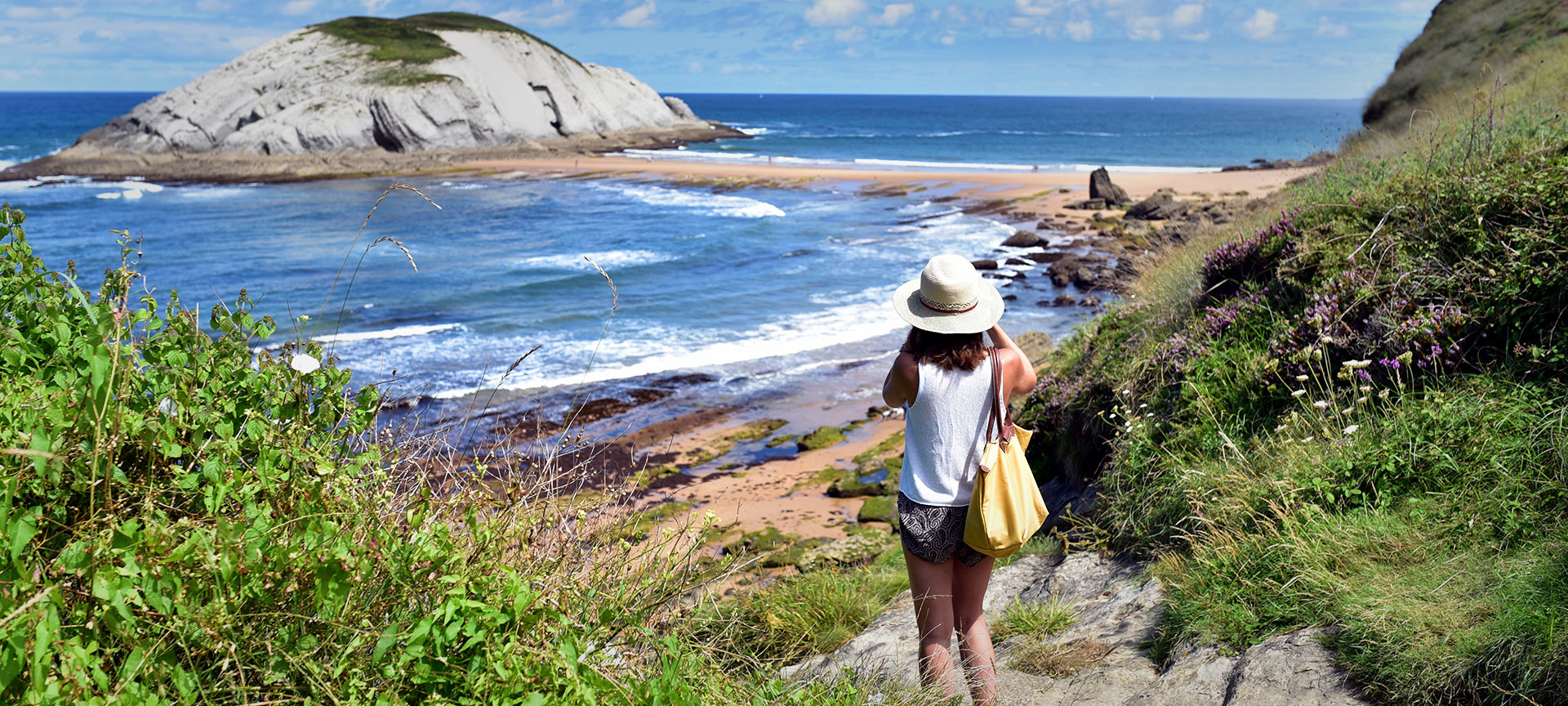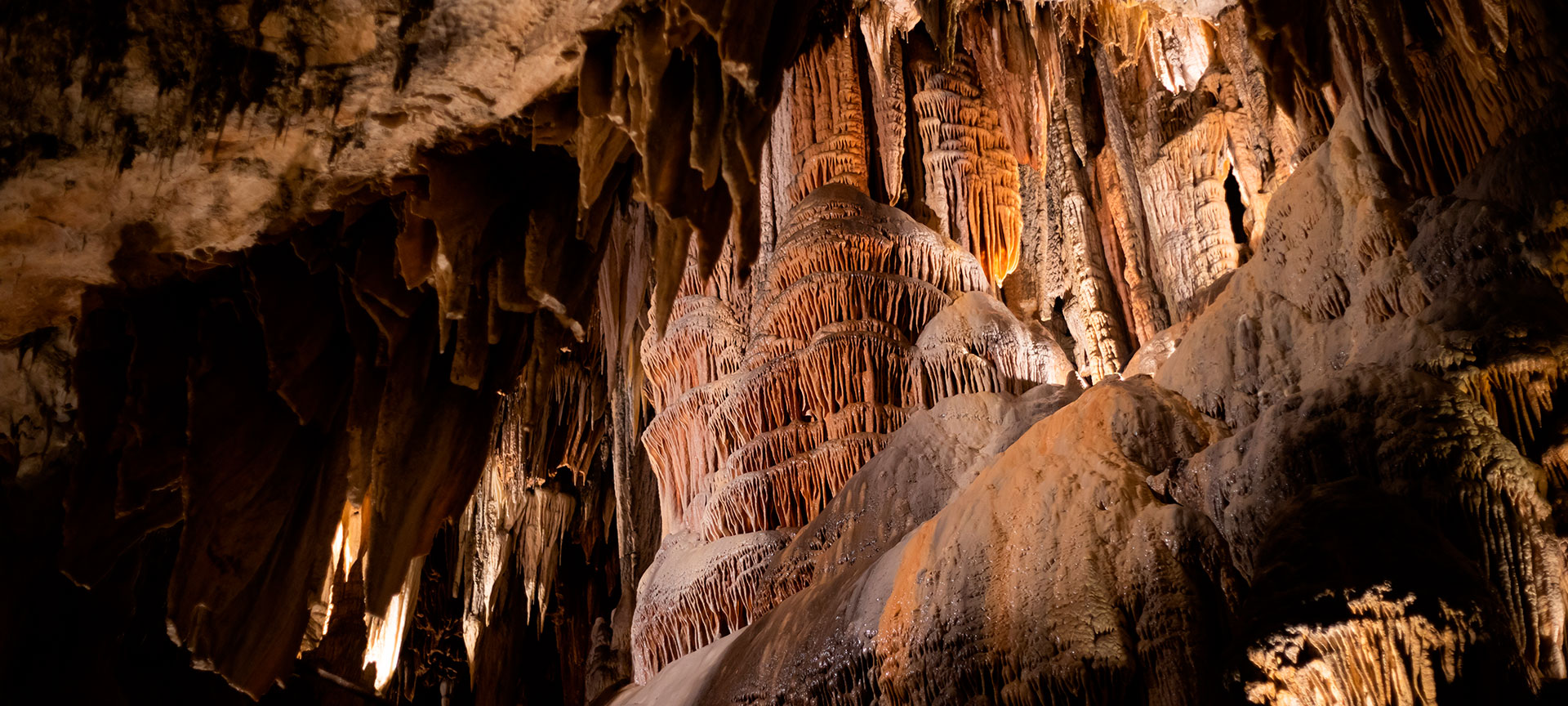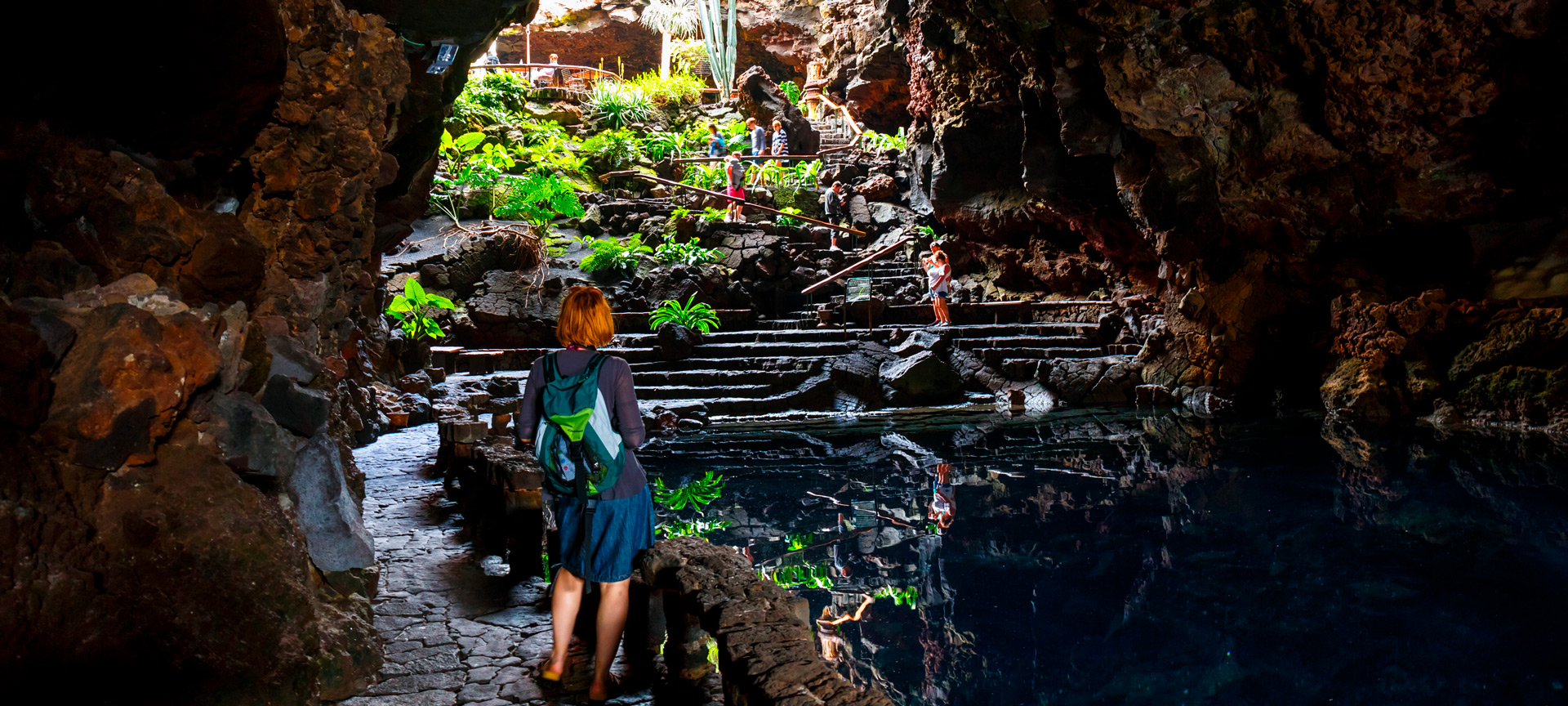The city of Cáceres
To start your trip, why not explore the city of Cáceres, being sure to visit the Plaza Mayor where you can admire the town hall and the Torre de Bujaco tower. The tower is a symbol of the city, and it’s definitely worth climbing up to the top to take in the spectacular views.Close by is the Plaza de Santa María, where you’ll find more interesting buildings, such as the Co-cathedral and the Mayoralgo and Golfines de Abajo palaces.
